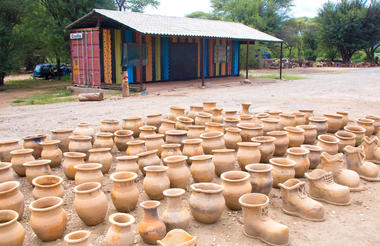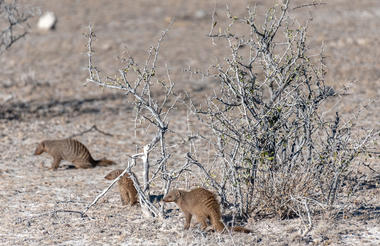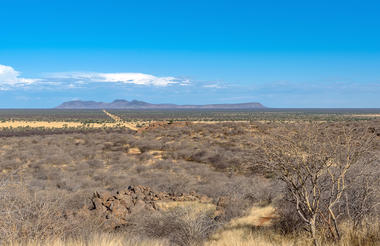Situata nell'Africa sudoccidentale, la Namibia vanta un'infrastruttura ben sviluppata, alcune delle migliori strutture turistiche in Africa e un'impressionante lista di meraviglie naturali mozzafiato. I visitatori possono esplorare la capitale di Windhoek e scoprire la bella città costiera di Swakopmund che vanta resti dell'influenza tedesca del paese, che si riflettono nell'architettura, nella cultura, nella cucina e nelle celebrazioni annuali dell'Oktoberfest. Per apprezzare correttamente questo straordinario paese, dovrai avventurarti fuori dalle città per esplorare i meravigliosi paesaggi naturali che la Namibia ha da offrire. Questi includono: l'imponente Fish River Canyon, il vasto parco nazionale di Etosha ricco di fauna selvatica, come leoni, elefanti adattati al deserto e la Zebra montana di Hartmann; il meraviglioso deserto di Kalahari; e naturalmente il deserto del Namib che si estende per oltre 2000 km lungo il magnifico Costa Atlantica. La Namibia è una destinazione ideale per i viaggiatori che cercano un'esperienza africana indimenticabile in una natura selvaggia e selvaggia.
Situata nella Namibia centrale, la città cosmopolita di Windhoek funge da capitale del paese. Ospita un aeroporto internazionale e una pletora di ristoranti, negozi, luoghi di intrattenimento e opzioni di alloggio. La città è pulita, sicura e ben organizzata, con un'eredità coloniale che si riflette nei suoi numerosi ristoranti e negozi tedeschi e l'uso diffuso della lingua tedesca. Windhoek ha un interessante mix di architettura storica ed edifici moderni, molti dei quali meritano una visita, tra cui l'Alte Feste un vecchio forte, la Christuskirche (chiesa di Cristo) del 1896 e la Corte suprema più contemporanea.



Situata a est del deserto del Namibia, nella Namibia centrale, la zona di Gamsberg ospita il maestoso Monte Gamberg, soprannominato' montagna da tavola' della Namibia. Questa zona è una mecca per gli appassionati di 4x4, che affrontano il ripido Passo Gamsberg, una strada sterrata che attraversa il terreno aspro. È il passo più alto, più lungo e panoramico della Namibia che domina il bellissimo fiume Kuiseb nella valle sottostante. I visitatori possono godere di splendide opportunità di osservazione delle stelle in quanto non c'è inquinamento luminoso, escursioni lungo i sentieri che attraversano il monte Gamsberg, che si trova ad un'altitudine impressionante di 2347 metri sul livello del mare, ed esplorare la Riserva Naturale di Gamsberg, sede di piante autoctone e di una varietà di fauna selvatica.



Situato ai margini della scarpata degli Swartrand e funge da scalo popolare per i visitatori che si recano a Sossusvlei e al Castello di Duwisib, il villaggio di Maltahohe fu istituito quando il commissario distrettuale del 1899 decise che fosse necessario un avamposto più a ovest del vasto distretto centrale della Namibia. Maltahohe ospita l'hotel più antico del paese, dotato del suo bar originale e funge da ottimo punto di partenza per esplorare la pittoresca zona circostante tra cui una fattoria locale a 35 chilometri a nord della città con una padella poco profonda di 800 ettari che, dopo le inondazioni, è coperta da una coperta di gigli colorati per circa una settimana prima di essere divorati dai coleotteri dal naso di elefante. I visitatori possono anche ammirare l'imponente Chiesa Riformata Olandese nel cuore del villaggio, assistere a un concerto del coro locale Ama Buruxa e gustare un ricco pasto tradizionale. Maltahohe è il luogo ideale per prendere una pausa dalla strada e fare scorta di provviste prima di ripartire.



Poiché non ci sono alloggi a Sossusvlei, i visitatori di questa natura desertica finiranno probabilmente per soggiornare a Sesriem, a 65 km di distanza, dove campi e logge fungono da base per esplorare le dune. Sesriem Canyon, un profondo abisso scavato attraverso le rocce dall'acqua, è una caratteristica naturale sorprendente della zona che è meglio esplorare a piedi. Le pareti di pietra si alzano bruscamente su entrambi i lati del canyon, mentre gli uccelli posatano nelle sue falesie e lucertole dardo lungo le sporgenze. Il nome del canyon è stato coniato quando i primi coloni lo usavano come fonte d'acqua, utilizzando sei lunghezze di pelle ("ses riem — sei infradito) legate insieme a secchi inferiori nell'acqua alla base del canyon.)
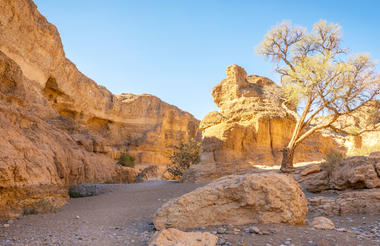
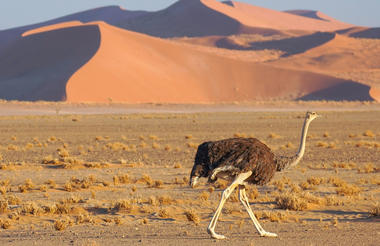
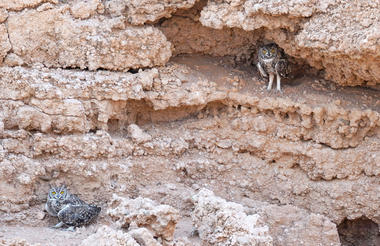
Il deserto del Namib è il deserto più antico del mondo e, sebbene si estende lungo tutta la lunghezza della costa della Namibia nel sud dell'Angola e persino nella provincia settentrionale del Sudafrica, il Namib si riferisce comunemente al vasto mare di sabbia che si estende da Luderitz a Swakopmund. Questa vasta distesa di deserto sabbioso di una bellezza straordinaria presenta uno scenario molto vario che include le imponenti dune rosse del famoso Sossusvlei, i paesaggi lunari del Namib-Naukluft Park, la bellezza nuda della costa atlantica e una varietà di fauna e flora. Questo paesaggio spazzato dal vento, arido e antico pullula di animali selvatici adattati al deserto come i camaleonti endemici, le iene marroni, gli sciacalli e le ottarie lungo la costa e una varietà di piante tra cui la famosa pianta di welwitschia, un fossile vivente unico. Altri punti salienti del Namib includono: Fish River Canyon, città fantasma di Kolmanskop, Luderitz, la colonia di foche di Cape Cross e la Skeleton Coast.

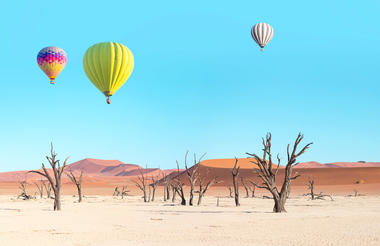
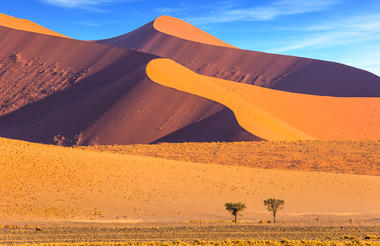
Swakopmund è il capoluogo della regione di Erongo e conta circa 34.000 abitanti. Swakopmund è conosciuto come il centro di attività della Namibia, in nessun altro posto del paese i viaggiatori troveranno una tale varietà di attività all’aria aperta.
Oggi Swakopmund serve principalmente come luogo di villeggiatura ed è quindi di importanza turistica. A causa delle sue condizioni climatiche miti, soprattutto durante l'alta stagione di dicembre e gennaio, la città è un'attrazione per molti turisti soprattutto dall'entroterra, a tal punto che l'alloggio deve essere prenotato in anticipo. Molti pensionati sudafricani e namibiani si stabiliscono qui. Durante il periodo coloniale Swakopmund era indicata come "la località costiera più meridionale della Germania", anche se le temperature dell'acqua, a causa della fredda corrente di Benguela dell'Atlantico, raggiungevano appena i 20 °C.
Swakopmund offre molte attrazioni turistiche come splendidi edifici, una meravigliosa passeggiata cittadina, l'acquario e molto altro. Anche i dintorni sono d’importanza turistica. Soprattutto la strada costiera che è fiancheggiata da dune da un lato e dall'oceano Atlantico dall'altro è molto panoramica. Le escursioni possono essere fatte a 30 km a sud fino a Walvis Bay, così come a nord fino al paradiso della pesca di Henties Bay o a Cape Cross in una delle colonie di otarie più grandi del mondo.
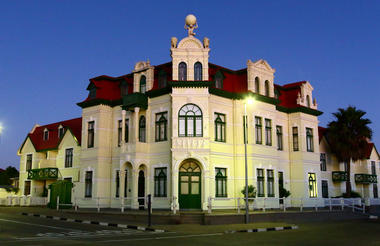

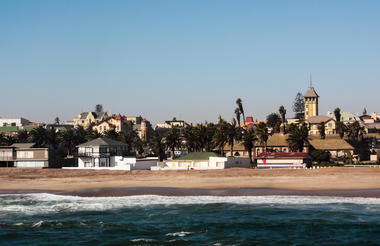
Come precedentemente descritto
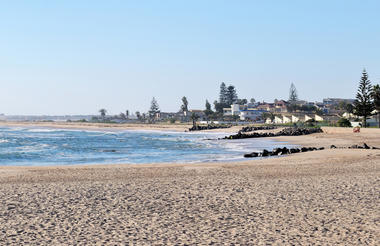

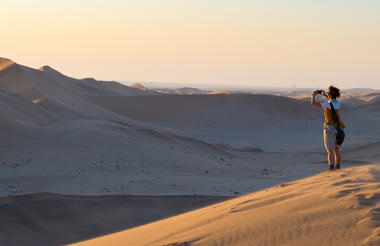
Comodamente situato a poche ore di auto da Windhoek, capitale della Namibia, la catena montuosa di Erongo si estende attraverso le pianure tra le città di Omaruru e Karibib, ed è sede di un patrimonio naturale straordinariamente ricco. Questa distesa di aspra natura selvaggia attira i visitatori con i suoi paesaggi spettacolari, le magnifici grotte e i siti di pittura rocciosa e la sua impressionante varietà di specie faunistiche. Questi includono, tra gli altri: rinoceronte, elefante, ghepardo, giraffa, gnu, impala, blesbok, waterbuck, kudu, facocero, zebra di montagna, orice, terra, springbok e oltre 200 specie di uccelli. I visitatori possono godere di una varietà di attività avventurose come trekking, arrampicata su roccia, safari a cavallo e mountain bike.
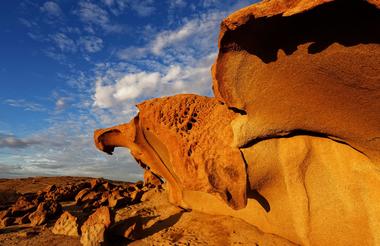
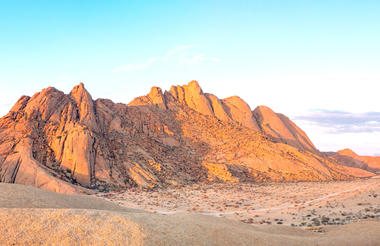

Twyfelfontein patrimonio mondiale dell'UNESCO e incisioni rupestri uniche; Twyfelfontein, che significa tanto quanto "fontana dubbia" o "Fontana del dubbio", è il nome di una valle nell'altopiano di Damara a circa 70 km a ovest di Khorixas. La valle era abitata dai Damara, che nella loro lingua chiamano la valle Uri-Ais (fontana che salta).
Twyfelfontein è famosa per le sue numerose pitture rupestri e incisioni rupestri (Petroglifi) dei San (Boscimani) di cui si contava 2500. Le specifiche sull'età delle incisioni oscillano ed è indicato un periodo di 1000 - 10000 anni. Notevole è che le incisioni sono state eseguite senza l'uso di strumenti di metallo. Si presume che siano stati usati strumenti al quarzo poiché qui sono stati trovati molti trucioli di quarzo.
I motivi delle incisioni rupestri sono da un lato scene di caccia, in cui i cacciatori sono raffigurati con arco e frecce. Sono invece raffigurate numerose incisioni di animali (antilopi, zebre, giraffe, leoni, ecc.). Notevole è anche l'incisione di un sigillo, poiché l'oceano dista circa 100 km.
La valle è stata dichiarata monumento nazionale nel 1952 per fermare il comune furto di incisioni rupestri. I dipinti/incisioni possono essere visitati solo con una guida locale. L'UNESCO ha dichiarato Twyfelfontein Patrimonio dell'Umanità nel 2007.

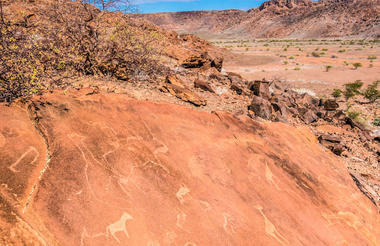
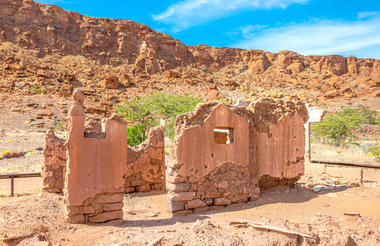
Come precedentemente descritto
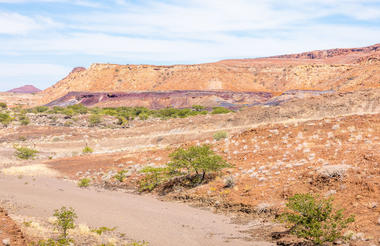
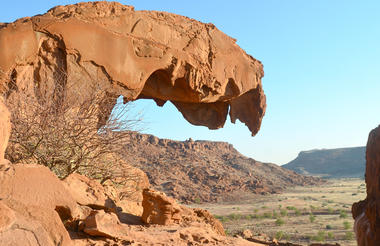
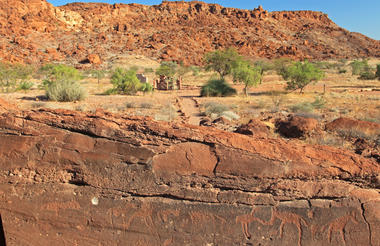
Parte del Parco Nazionale di Etosha nel nord-ovest della Namibia, Etosha South costituisce la regione meridionale di questo paradiso selvaggio. Il parco nazionale è accessibile tramite l'ingresso sud di Andersson's Gate. I visitatori possono osservare una varietà di animali selvatici tra cui leoni, giraffe, elefanti, rinoceronti bianchi e neri e una moltitudine di selvaggina delle pianure.
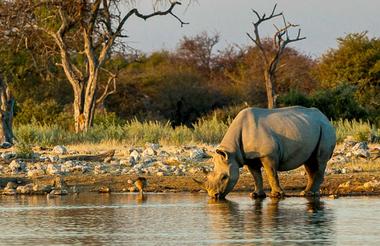
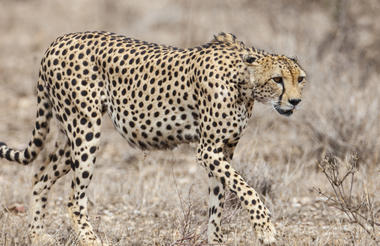
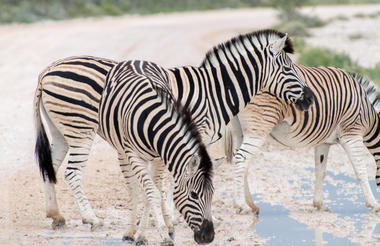
Situata appena a nord di Windhoek, nella regione centrale della Namibia Otjozondjupa, la vivace città di Okahandja è il principale centro commerciale della zona, nonché un importante centro culturale per la popolazione locale di Herero. Il nome “Okahandja” significa “Il luogo in cui due fiumi si confluiscono l'uno nell'altro per formarne uno largo.” Questi due fiumi stagionali sono l'Okamita e l'Okakango. Conosciuta come la “Città dei Giardini della Namibia”, Okahandja vanta un ricco patrimonio culturale, numerosi siti storici e un eccellente birdwatching nelle zone circostanti. I visitatori possono godere di una varietà di attività interessanti, tra cui: sfogliare il colorato mercato delle arti e dell'artigianato, visitare le vicine sorgenti termali di Gross Barmen per un bagno nelle acque termali rigeneranti e praticare una serie di sport acquatici presso la vicina diga di Von Bach.
